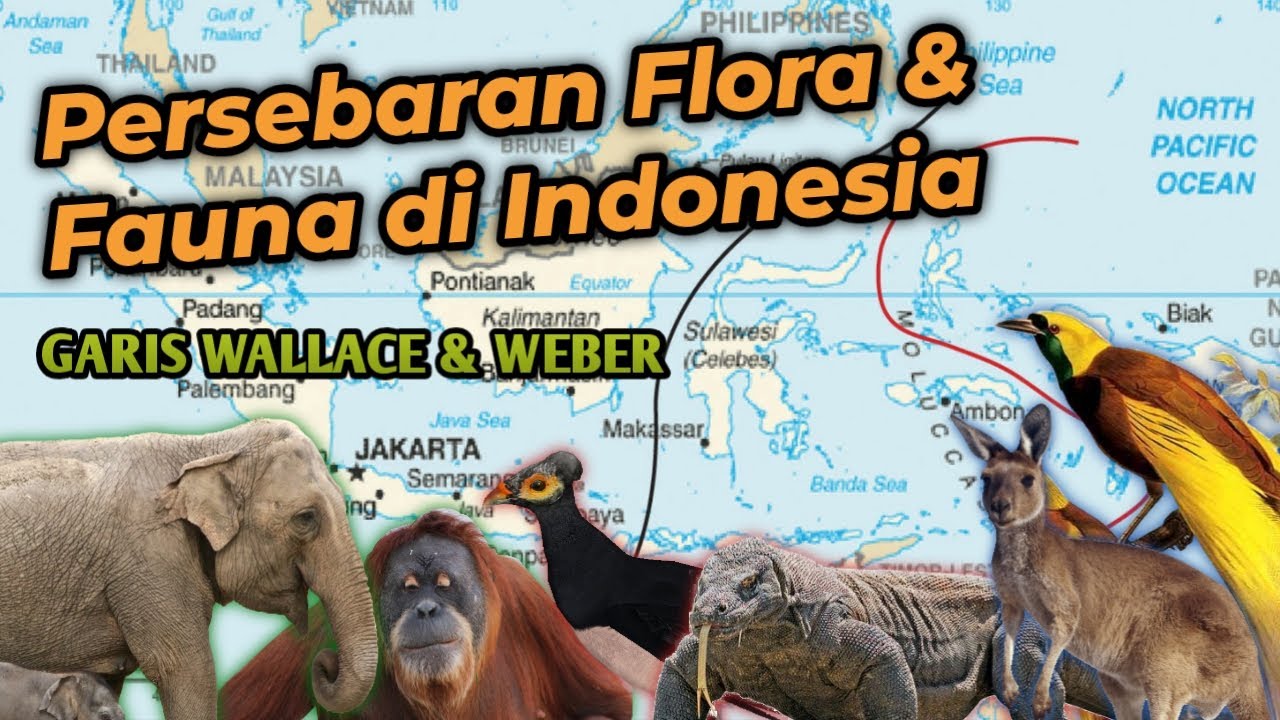Australia Documentary 4K | Outback Wildlife | Original Nature Documentary | Deserts and Grasslands
Summary
TLDRThe Australian Outback, a vast arid landscape, is home to unique flora and fauna that have adapted to its extreme conditions. From the resilient Yellow Footed Rock Wallaby to the venomous Strap-snouted Brown Snake, species here endure scorching days and freezing nights. The Simpson Desert's dunes, the ancient Waddi Trees, and the ephemeral beauty of desert flowers after rain, all contribute to the Outback's stark yet vibrant ecosystem. This is a story of survival in one of the world's most inhospitable environments.
Takeaways
- 🌍 Australia is the driest inhabited continent, with 70% of its landmass receiving little rainfall, known as 'The Outback'.
- 🏞️ The Outback is a land of extremes, with temperatures that can exceed 40 degrees Celsius and drop below freezing at night.
- 🐾 The Yellow Footed Rock Wallaby is a highly agile member of the kangaroo family that lives in groups led by a dominant male.
- 🦅 Australia's largest raptor, the Wedge-tailed Eagle, uses binocular vision to pinpoint prey and feeds mainly on small mammals and carrion.
- 🐛 Echidnas are unique mammals that search for ants and termites, and are found in the arid regions of Australia.
- 🏜️ The Simpson Desert features the longest parallel sand dunes on earth, with some ridges continuing for over 200 kilometers.
- 🐞 The Darkling Beetle has adapted to the desert by losing its ability to fly and sealing its shell to prevent water loss.
- 🐦 Emus, Australia's largest birds, are well adapted to arid conditions with special feathers for cooling and protection.
- 🌳 The Waddi Tree, a slow-growing desert wattle, can live up to 600 years and provides important habitat for desert birds.
- 🐪 Introduced species like wild camels have thrived in Australia, impacting local ecosystems and depleting water supplies.
Q & A
What is the Outback and why is it significant in Australia?
-The Outback refers to the arid and semi-arid regions of Australia, characterized by its low rainfall and extreme conditions. It is significant as it covers a vast portion of the continent and has been home to the first Australians for over sixty thousand years, forming deep spiritual connections with the land.
How do the Yellow Footed Rock Wallabies adapt to the extreme temperatures in the Flinders Ranges?
-The Yellow Footed Rock Wallabies adapt to the extreme temperatures by being active throughout the day during winter, often basking in the sun on cool mornings. They are also highly agile and live in groups led by a dominant male, which helps in thermoregulation.
What is unique about the Wedge-tailed Eagle's vision and how does it aid in hunting?
-The Wedge-tailed Eagle has binocular vision and uses muscles that elongate their eyeballs to pinpoint prey from large distances. This adaptation allows them to accurately locate and hunt small mammals, which form a significant part of their diet.
How does the Darkling Beetle survive in the Simpson Desert?
-The Darkling Beetle has lost the ability to fly and its wing covers are fused to its body, sealing its shell to prevent water loss. It feeds on decaying plants at night and shelters during the day to avoid the desert heat.
What is the significance of the Emu in the Australian Outback?
-Emus are Australia’s largest birds and are well adapted to arid conditions. They have inner feathers that allow airflow near the skin for cooling and outer feathers for protection from the sun. Emus can survive for many days without food or water, making them significant inhabitants of the Outback.
Why is the Waddi Tree considered a survivor from ancient times?
-The Waddi Tree is considered a survivor from ancient times because it is extremely slow-growing, with some trees living as long as six hundred years. It has adapted to reduce water loss with long hanging phyllodes, making it an important habitat for desert birds.
What impact have introduced species had on the Australian Outback's ecosystems?
-Introduced species such as Wild Camels have had a significant impact on local ecosystems by depleting scarce water supplies and causing damage to fragile Salt Lake ecosystems. They have thrived in the Outback and now number in the millions.
How does the Parakeelya plant survive in the desert?
-The Parakeelya plant has an ingenious survival strategy where it spends much of its life as a seed or a very small plant. After rain, it rapidly draws water into its succulent leaves, developing into a large green mass that sustains it through the long dry months ahead.
What is unique about the Red Cabbage Palms in the Finke River valley?
-The Red Cabbage Palms in the Finke River valley are unique because many of them are several hundred years old and their existence in the center of Australia has been a mystery until recently. It is believed that their seeds were brought there by Aboriginal inhabitants around fifteen thousand years ago.
How do the Australian Pelicans utilize the Channel Country during their migration?
-Australian Pelicans, during their migration, stop in the Channel Country to feed on fish as numbers peak in the river systems. This area provides a crucial feeding ground before they continue their journey to Lake Eyre, where they breed in massive numbers.
Outlines

This section is available to paid users only. Please upgrade to access this part.
Upgrade NowMindmap

This section is available to paid users only. Please upgrade to access this part.
Upgrade NowKeywords

This section is available to paid users only. Please upgrade to access this part.
Upgrade NowHighlights

This section is available to paid users only. Please upgrade to access this part.
Upgrade NowTranscripts

This section is available to paid users only. Please upgrade to access this part.
Upgrade Now5.0 / 5 (0 votes)





